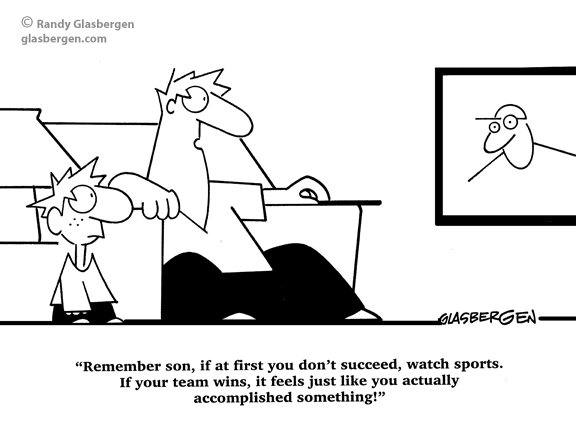

Everyone Needs Good Advice
“What’s in your wallet?” is the Capital One slogan and I laugh every time I see their commercials. To me, the question isn’t “What’s in your wallet?” it’s “Who’s in your wallet?”
The bottom line is that every opportunity we have for saving comes with advisors, and those advisors want a cut for the help they are giving you. The only exception to the rule is if you are putting the cash under the mattress which you can do without paying anyone else – but the return on the investment isn’t so great.
In a nutshell, when you buy an investment you are handing over your hard-earned cash in exchange for a promise to receive payments in the future. Ideally, you want the future payments to be worth more to you than the cash you hand over. Different investments come with different risks – GICs virtually guarantee a fixed return – as small as it may be. Bonds offer more return but they come with a risk that the issuer runs out of money and doesn’t pay you back. Equities don’t promise a return but simply a future share of the profits of the business, whatever they may be.
So how do you decide where to put your money? In my mind, a very very very small segment of the population knows how to correctly assess the mix of securities that they need to optimize their own risk-return profile and the ability to buy them directly from the issuers of those securities (I am not in this segment). Even then, they will need a broker to make the purchases and redemptions and a trustee to hold the securities for them – enter the first layer of costs.
But for most of us, we likely don’t have the time, interest, skill, or size of nest egg to do this on our own. Enter the next layer of costs, an advisor. We need someone to help us find a place to put our savings so we can earn a return on those savings. The higher the return, the less we need to sacrifice current consumption – so high returns are the Holy Grail of retirement saving. How much are you willing to pay for good advice?
When we turn to Canada what do we find? We find an uncoordinated arrangement of products and providers seeking to deliver to the individual end user not only the investments that they need, but the arrangement to hold them, and the advice they need on how to choose them. Employer sponsored group plans, individual plans offered at your local bank, and customized broker accounts typically reserved for the high net-worth clientele, all offer a different mix of mass produced versus customized advice.
These various approaches to savings all come with layers of costs and confusion for the average investor. What is best for one person, is likely the wrong answer for someone else. At a recent conference, someone from our industry remarked that they found it incredible that people still went to their bank for the high-priced retail products when lower priced group products were at their fingertips. I don’t find this surprising at all. The tellers at my bank are super friendly, always seem to care about me, and are ready to help. If you are confused and scared I think going to that trusted face at the bank makes sense. Of course, it comes at a cost, but who am I to say that you shouldn’t put a value on that cost?
The question isn’t whether people should be getting advice. The question is where should they go to get the advice that they are going to need. And how do we make them pay attention to the advice?
There seems to be a misunderstanding about my commentary last week about Rethinking DC. I wasn’t saying that everyone can be neatly tucked into a limited number of boxes when it comes to retirement planning. What I was trying to say is that we were putting far too much time and energy trying to customize each plan members investment program and we are losing sight of the more critical lever of adequate contribution levels.
It is my view that we have largely failed in the do-it-yourself self-serve education model that we have built. It works for industry insiders but it doesn’t work for the ‘average Joe.’ What I was driving for with my recommendation for moving away from choice and towards a simpler model was a recognition that we are ‘rearranging deck chairs on the titanic’.
Everyone is so fussed over optimizing each plan participants risk/return focused bucket of investments that they are taking their eyes off the iceberg just off the starboard side. In a very non-transparent way we are helping teachers in Ontario save $1 million to $2 million for retirement. At the same time, most DC plan participants will never see a balance over $250,000. We are so focused on returns that we are off track on the most important part of the equation, putting away enough dollars to fund a decent retirement.
My call for simplification was a call to redirect our energy and advice to savings rates rather than sophisticated asset-liability models that only the most dedicated students in the audience care to understand. And my call for simplification was also a call to take out of the hands of non-expert investors and investment committees the investment decisions and put them back in the hands of the experts that spend all day every day worrying about how our collective savings should be invested.
A valid criticism from some readers is that available target date funds do not hold enough equity after retirement. I accept this criticism, but then let’s build better target date funds rather than throw them out; which would allow us to spend our precious time and energy on contribution adequacy instead of investment portfolio construction.




Comments
1